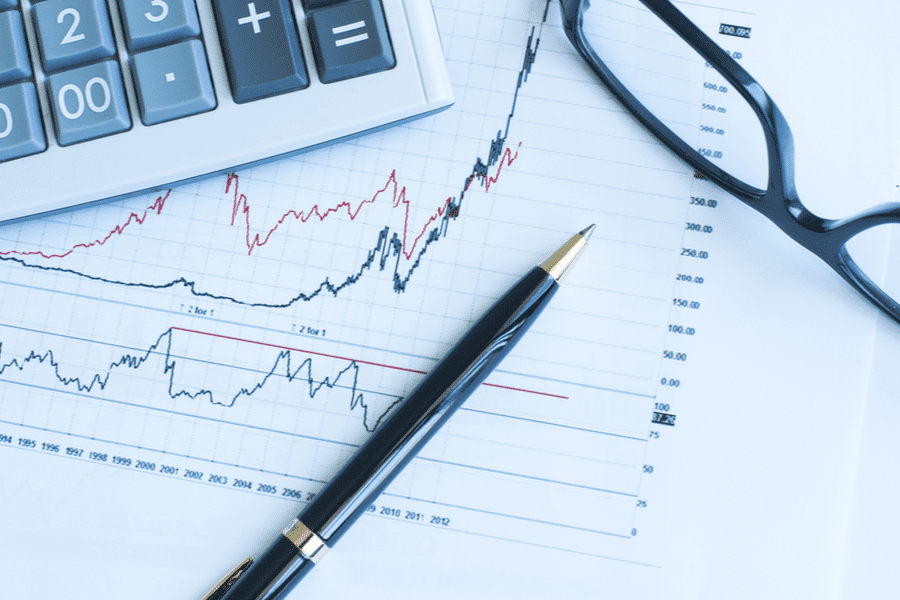Selling bonds in the interim
Bonds are often only cashed in at the end of the term. The goal when buying them is usually to achieve a return based on the interest, or interest. It is an investment that you do not have to worry about, given the low risk that is characteristic of bonds.
Bonds can also be used to speculate on the stock exchange and profit from price movements, to which bonds are also subject. It is sometimes interesting to see whether a bond can be sold before the expiration date, for example after a sharp rise in price. A good example of this was the Leterme government bonds. By selling bonds early, you can profit from price increases, and you can also wait until the term of your bond has expired. Sometimes it is a difficult choice between selling and waiting, so always compare carefully which choice has which consequences.
When do you know when it’s a good time to sell bonds?
If the price of a bond has risen sharply, it is time to look at the possibilities of selling. First, you will determine the so-called residual yield .
This is the return that a bond yields if it has not yet been sold and is formed by the deposit amount that you receive back, plus the net proceeds of the interest that you still receive.
Because you do not have to pay anything on the added value of bonds, it can be very attractive to sell bonds earlier. In any case, a withholding tax must be paid on the interest payments of a bond.
Listed bonds
In the case of listed bonds, it is easy to sell bonds at any time and release the money without notice or penalty. Likewise, you can also make direct investments in previously issued bonds. Furthermore, sometimes the purchase commission can be saved by subscribing to newly issued bond loans.

Risks of bonds
Just like any other form of investment, bonds also have their fair share of risks. There are 2 important factors to distinguish:
- The long term A long term can entail a great deal of risk, because you never know exactly what the situation will be in a few years’ time at a party issuing bonds. For example, the risk of bankruptcy is greater with a longer term.
- The interest rate risk This is only relevant in the case of a voluntary or forced interim sale of bonds. As a result of an interest rate that is subject to change, possible price differences will play a role. Just as is the case with shares. A rising interest rate results in a fall in the price of the bond. If the current interest rate is lower, the price of a bond will exceed 100%. The interest rate risk increases proportionally with the term of a bond.
You can conclude from this that the two factors mentioned above reinforce each other. With a longer term, there can be more price changes due to a changing interest rate and you run more risk. However, this can also work to your advantage. The longer term can also ensure that the return is higher, because the interest rate moves in the right direction.
A variation in interest is therefore not important for bonds that are held until the end of the term. As an investor, you already know exactly what the return will be when you buy a bond. For example, the annual interest coupon and the price of the redemption are often known in advance and a fixed fact.
Compare brokers and start investing in bonds
Are you excited about investing in bonds after reading this article? Compare brokers with bonds in the offer and find the broker that suits you best!